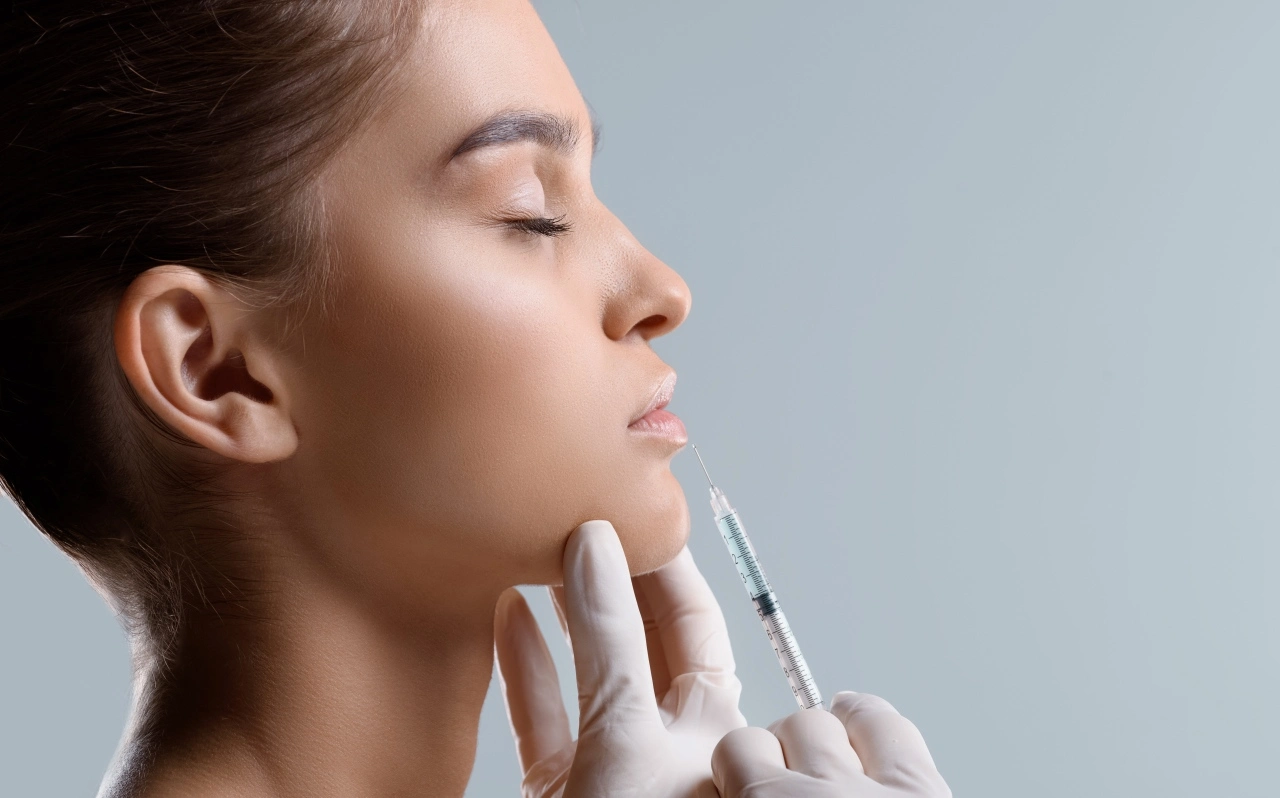The Science Behind Botox: Why It’s Still the Gold Standard in Anti-Aging
Botox remains the gold standard in anti-aging because its scientifically proven ability to temporarily relax targeted facial muscles leads to reliable wrinkle reduction, unmatched consistency, and a strong safety profile. For over two decades, no other cosmetic treatment has combined rapid results, minimal downtime, and broad versatility quite like Botox, making it the preferred choice for those seeking effective, non-surgical facial rejuvenation. Let’s explore the science behind Botox, and why it continues to lead the field of aesthetic medicine.
Understanding Botox: What Is It?
Brief History and Overview
Botox has become a household name, yet its origins are rooted deeply in medical science. First approved by the FDA in 1989 for eye muscle disorders, Botox’s cosmetic applications were discovered in the late 1990s when patients noticed that their wrinkles diminished after treatment for medical conditions. The landmark FDA approval for cosmetic use came in 2002, marking the beginning of a new era in non-surgical facial rejuvenation.
Today, Botox is one of the most widely performed cosmetic procedures worldwide, trusted for both its efficacy and safety.
What Is Botulinum Toxin (Botox)?
Botox is a purified protein derived from the bacterium Clostridium botulinum. In small, controlled doses, it temporarily blocks nerve signals to specific muscles. This action prevents the muscle contractions that cause dynamic wrinkles—those lines that form from facial expressions such as frowning, squinting, or smiling. Unlike creams or serums, Botox targets the root cause of expression lines at the neuromuscular level, which is why it delivers such distinct results.
The Science Behind Botox: Why It’s Still the Gold Standard in Anti-Aging
Mechanism of Action
The science behind Botox: why it’s still the gold standard in anti-aging centers on its unique mechanism of action. Botox works by inhibiting the release of acetylcholine, a neurotransmitter responsible for triggering muscle contractions. When injected into specific facial muscles, Botox acts as a neuromodulator, blocking the chemical signal from the nerve to the muscle. As a result, treated muscles relax, reducing the depth and appearance of dynamic wrinkles. Importantly, only the targeted muscles are affected—other facial muscles continue to function normally, allowing for natural-looking expressions.
Clinical Effects on Facial Wrinkles
Botox is particularly effective at treating:
- Forehead lines
- Frown lines (glabellar lines)
- Crow’s feet around the eyes
By relaxing the muscles that create these wrinkles, Botox smooths the skin’s surface and creates a more youthful, refreshed appearance. Results typically become visible within 3–7 days post-treatment and last 3–4 months before gradually wearing off.
Proven Benefits of Botox Treatments
Predictable, Consistent Results
One reason the science behind Botox: why it’s still the gold standard in anti-aging remains relevant is its predictability. Decades of clinical research and millions of treatments have shown that Botox delivers consistent, reproducible outcomes. When administered by a skilled injector, patients can expect reliable wrinkle reduction without an overdone or “frozen” look.
Quick and Convenient Procedure
Botox treatments are fast—often completed in under 15 minutes—with no required downtime. Most people return to their daily activities immediately following their appointment. This unmatched convenience makes Botox a favorite among those with busy lifestyles who want effective results without the commitment of surgery.
Versatile Applications Beyond Wrinkle Reduction
While known for softening facial lines, Botox’s versatility extends far beyond cosmetic wrinkle reduction:
- Migraine relief: FDA-approved for chronic migraine management.
- Excessive sweating (hyperhidrosis): Temporarily blocks sweat glands in targeted areas.
- Jawline slimming: Reduces the size of masseter muscles for a softer facial contour.
- Neck bands and chin dimpling: Smooths and relaxes specific muscle groups.
This breadth of applications underscores why Botox continues to stand out, even as new anti-aging options emerge. For those interested in exploring complementary treatments, options like dermal fillers or Dermapen can further enhance results.
Long-Term Cost Effectiveness
Although repeat sessions are required to maintain results, Botox’s longevity and proven efficacy make it a cost-effective solution in the long run. The ability to target specific areas and achieve consistent improvements means fewer wasted treatments and long-term satisfaction.
Safety and Side Effects
Safety Profile of Botox
Botox has one of the most extensively studied safety records in cosmetic medicine. It has been used for both medical and aesthetic purposes in millions of patients worldwide. When administered by an experienced professional, Botox is considered very safe.
Common and Minimal Side Effects
The most common side effects of Botox are mild and temporary, such as slight swelling, redness, or bruising at the injection site. Rarely, some people may experience minor headaches or temporary asymmetry. These side effects typically resolve within a few days. Serious adverse reactions are extremely uncommon when treatment is performed by a trained practitioner.
If you’re considering Botox, reviewing Reviews can provide insight into what to expect.
How Botox Compares to Other Anti-Aging Options
Botox vs. Dermal Fillers
While both Botox and dermal fillers are injectable treatments, they work in fundamentally different ways. Botox relaxes muscles to prevent and soften dynamic wrinkles, while fillers add volume beneath the skin to smooth static lines and restore youthful contours. In many cases, these treatments are combined for a comprehensive facial rejuvenation strategy.
Botox vs. Facial Muscle Exercise
Facial muscle exercises—or “face yoga”—are sometimes promoted as natural anti-aging remedies. However, the science behind Botox: why it’s still the gold standard in anti-aging is rooted in its ability to stop the repetitive muscle movements that actually cause wrinkles. In contrast, excessive muscle activity (even from exercise) can deepen expression lines over time. Botox uniquely targets the underlying cause, making it far more effective for wrinkle prevention and reduction.
Conclusion
In summary, the science behind Botox: why it’s still the gold standard in anti-aging is clear—no other non-surgical treatment offers the same blend of safety, efficacy, and convenience. Botox’s ability to soften wrinkles, prevent new lines from forming, and deliver consistent results has cemented its legacy as the cornerstone of modern facial aesthetics. As new technologies emerge, Botox continues to stand the test of time, helping people look as vibrant and youthful as they feel.
TIMELESS RESULTS,
NEW YOU

By Dr. James Christian
October 24, 2025
Explore More Blogs
Discover other insightful and engaging content from our blog




